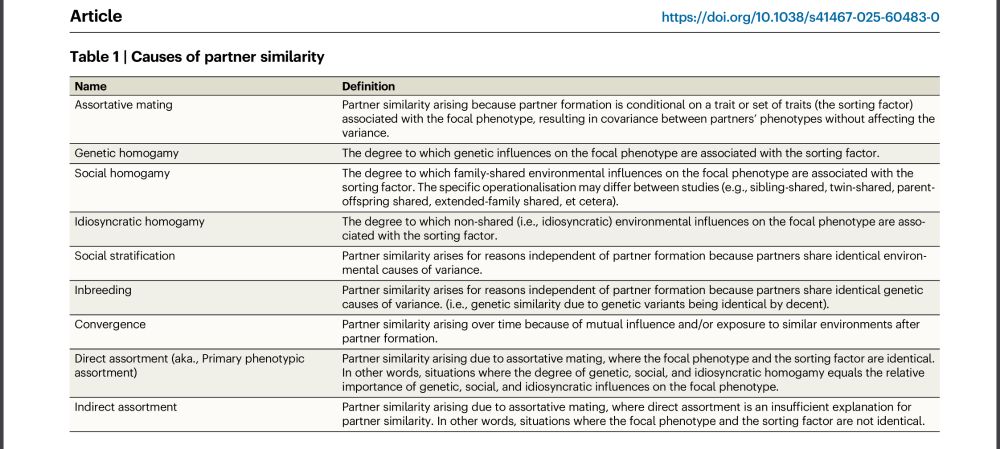• 10 years later, employed grandmothers are 12% less likely to work full-time, compared to a 2% reduction for grandfathers. Women also see larger income drops.
• The gendered patterns in infections + employment suggest women still are more involved in informal childcare provision.
• 10 years later, employed grandmothers are 12% less likely to work full-time, compared to a 2% reduction for grandfathers. Women also see larger income drops.
• The gendered patterns in infections + employment suggest women still are more involved in informal childcare provision.
• Respiratory infections jump in the first years of grandparenthood: +56% for women, +31% for men
• Grandparents are slightly less likely to see a doctor for mental disorders (−4.5%) & cardiovascular issues (−3.3%)
• Grandmothers have fewer musculoskeletal-related visits (−3.8%)
• Respiratory infections jump in the first years of grandparenthood: +56% for women, +31% for men
• Grandparents are slightly less likely to see a doctor for mental disorders (−4.5%) & cardiovascular issues (−3.3%)
• Grandmothers have fewer musculoskeletal-related visits (−3.8%)
I also wrote a more detailed thread when I posted the preprint last year. Check it out here if you are interested: bsky.app/profile/hfsu...


I also wrote a more detailed thread when I posted the preprint last year. Check it out here if you are interested: bsky.app/profile/hfsu...
hfsu.shinyapps.io/prevalence_b...

hfsu.shinyapps.io/prevalence_b...
🎓 Educational attainment also independently predicted better mental health.
But the highest risk was for men who were low in both cognition and education.
This group faced the highest probability of adult psychiatric diagnoses.

🎓 Educational attainment also independently predicted better mental health.
But the highest risk was for men who were low in both cognition and education.
This group faced the highest probability of adult psychiatric diagnoses.







